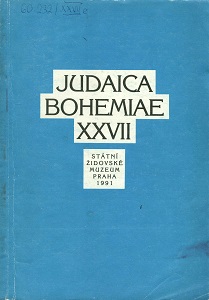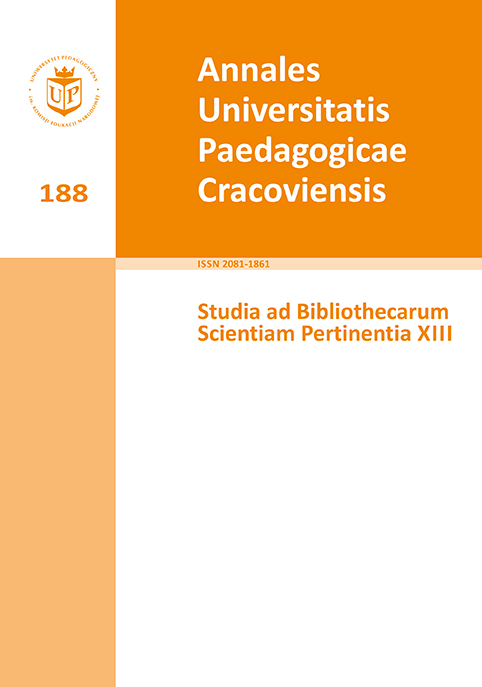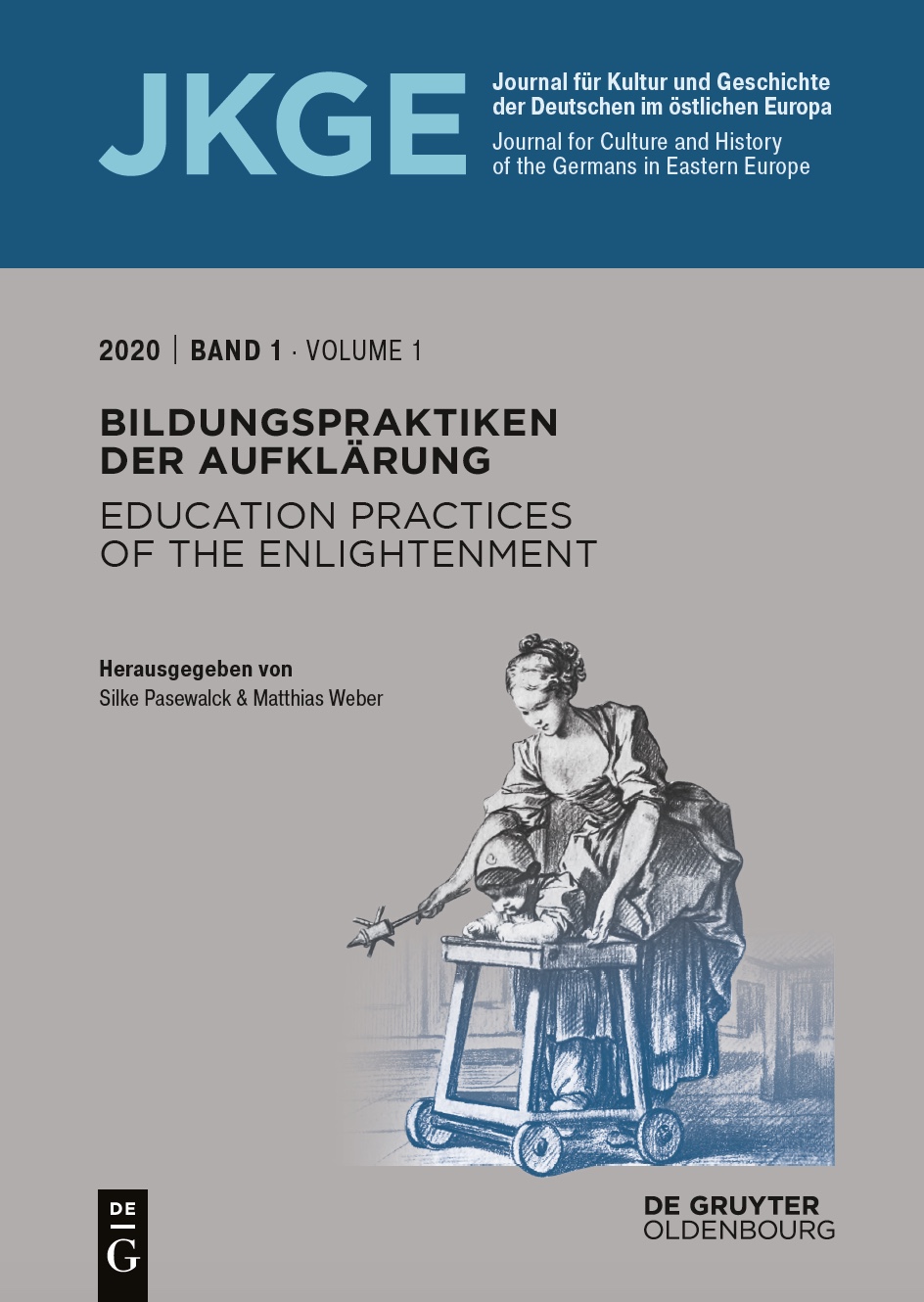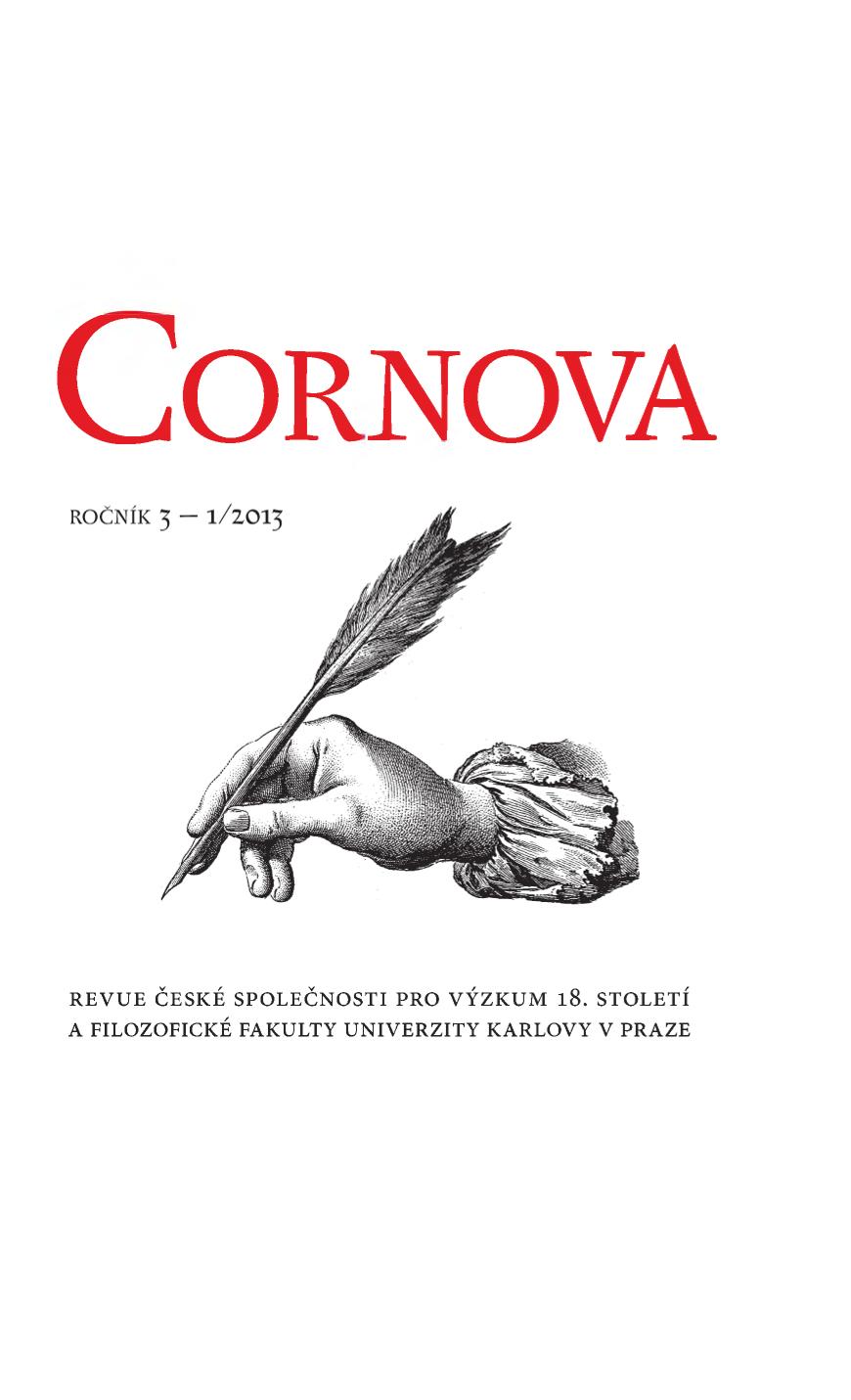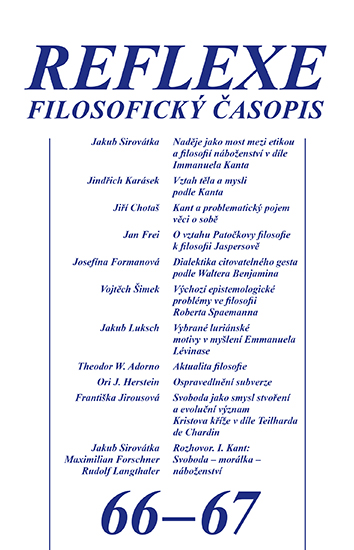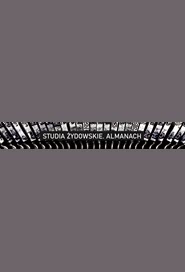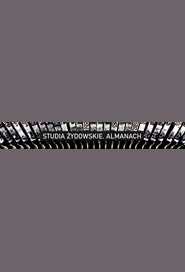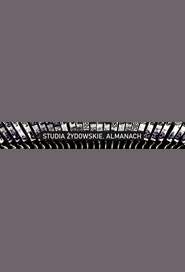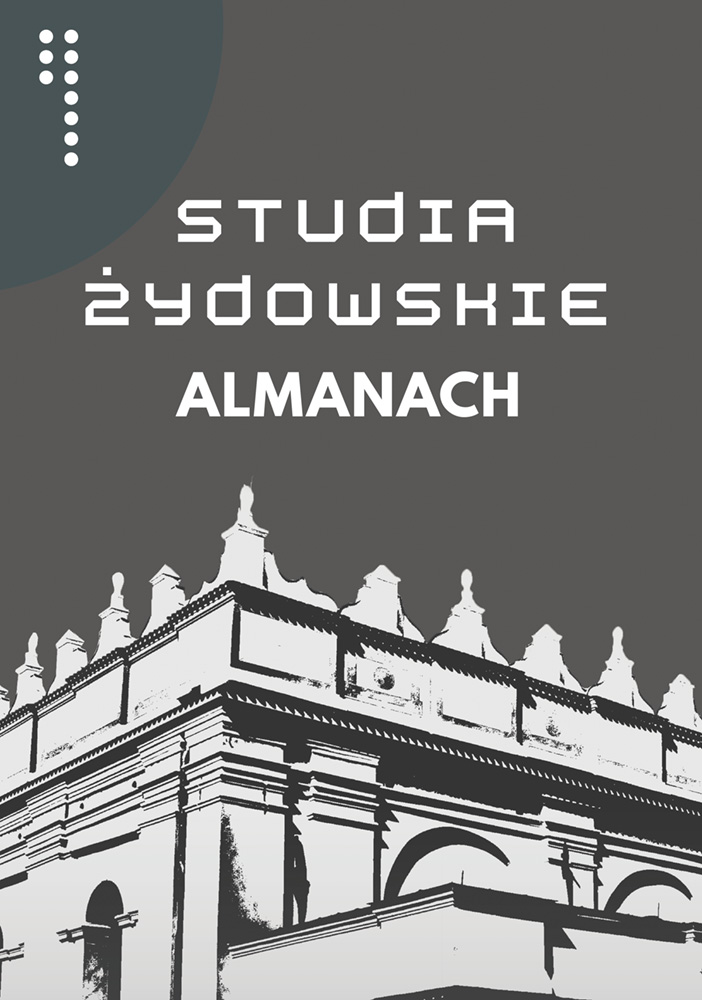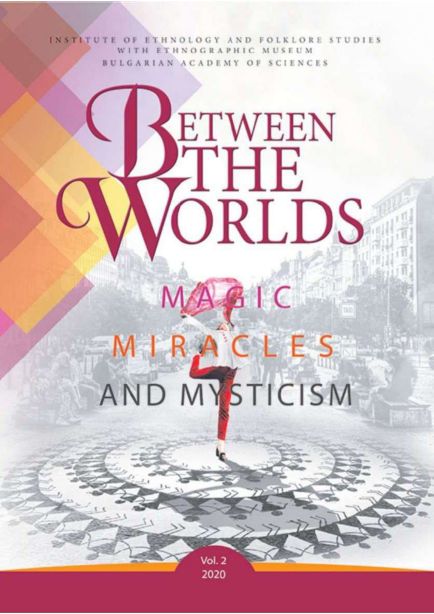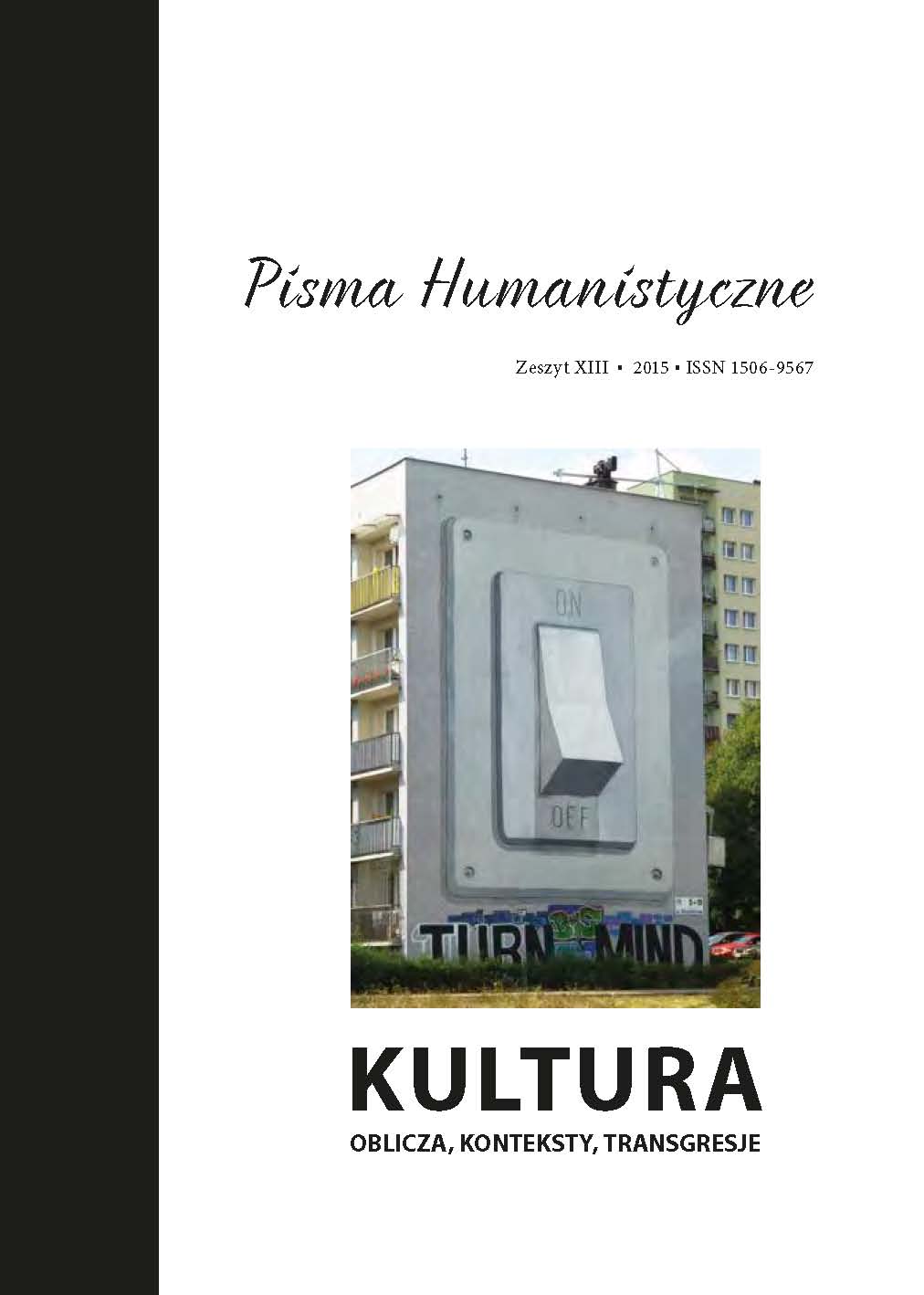
Kultura czasu, kultura życia, czyli czym jest Szabat?
The article discusses some aspects related to the handling of the Sabbath, and its symbolism. The author has focused on approximate basic principles and an explanation of some of them, in order to familiarize the reader with the idea of the Sabbath, as well as, it’s position in Judaism. There were also raised some doubts and obstacles faced by persons, who would like to faithfully observe all of the Sabbath rules.
More...
